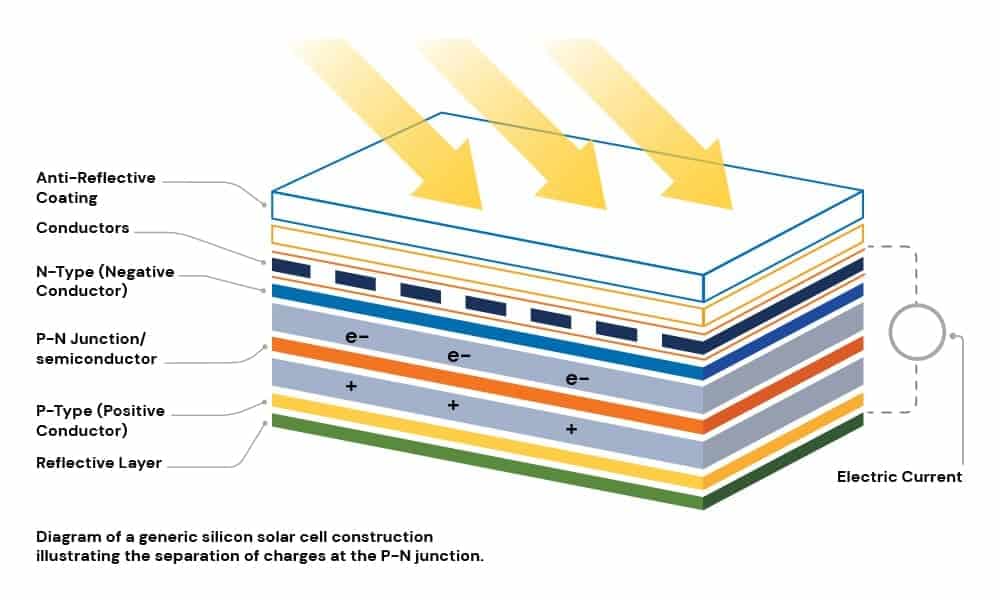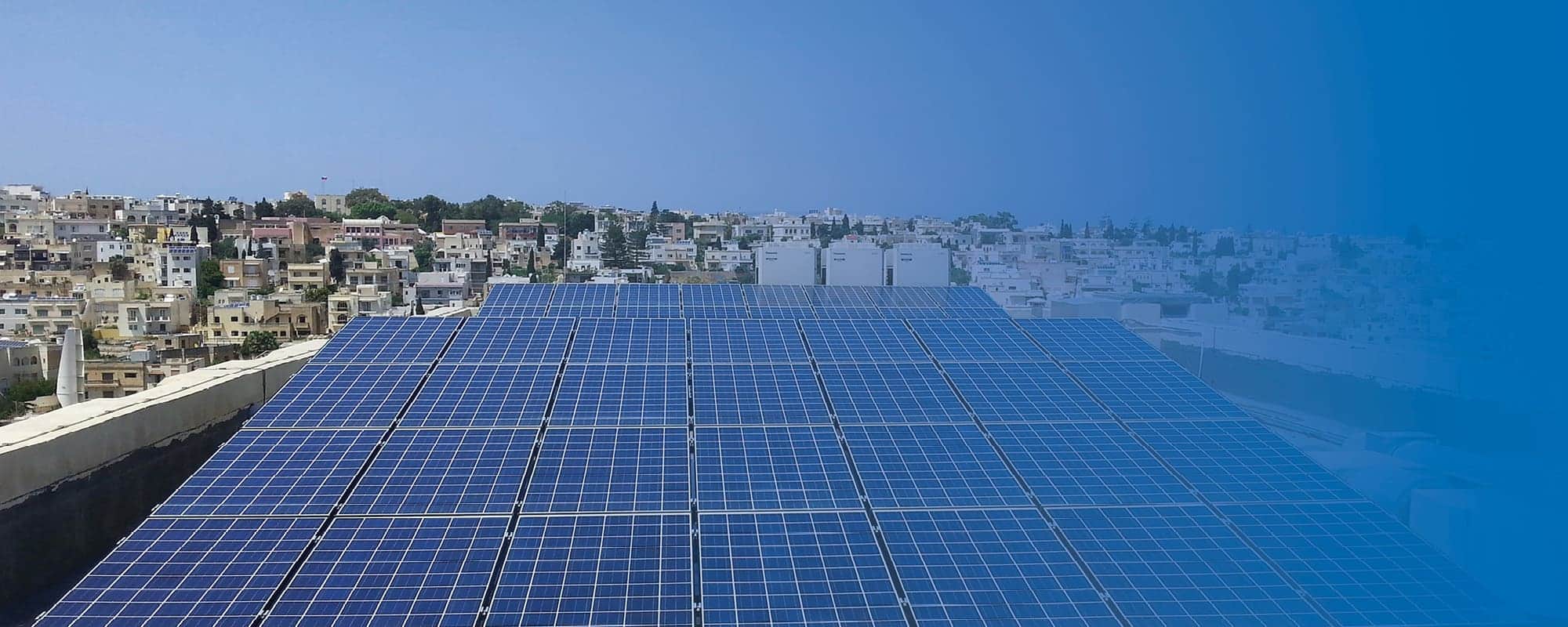Of all energy resources, solar energy is the most abundant. Harnessed even in cloudy weather, the rate of solar energy that arrives on Earth is 10,000 times greater than the rate at which humankind consumes energy. Solar technologies can deliver heat, cooling, natural lighting, electricity, and fuels for a host of applications.
But how does this technology work? Can the University of Malta (UM) lead the way towards greener energy?
PHOTOVOLTAICS: THE MAIN SOLAR ENERGY TECHNOLOGY
‘Solar technologies convert sunlight into electrical energy, either through photovoltaic (PV) panels or through mirrors that concentrate solar radiation,’ explains Dr Ing. Francarl Galea, researcher at the Department of Microelectronics and Nanoelectronics. ‘With no greenhouse gas emission, the production of this clean energy is a clever way to fight climate change.’
The first PV system installation at UM was back in 2010. Then in 2013, another three were installed. Finally in 2015, 10 more PV systems were installed across various buildings at UM. There are plans to further increase this number in the future. ‘Every building with PV panels installed has a TV monitor situated in the foyer/corridor showing the energy generation of the PV system, which apart from giving data on the generation, increases the environmental awareness and showcases UM’s commitment to renewable energy,’ explains Galea. These panels cover 80% of UM’s rooftop. Researchers are currently trying to improve PV panel efficiency: the amount of electrical power generated compared to the solar energy hitting the PV module. This indicates how effective the panel is at converting energy from one form to the other.
The amount of electricity produced depends on several characteristics such as the intensity and wavelength of the light available and multiple performance attributes of the panel. With this in mind, local researchers are coming up with solutions, working on new designs and layouts that capture more light by optimising panel orientation and inclinations, ideal for our geographical location, balancing the investment cost with the energy that can be generated by a PV system.

Each PV panel is formed by several solar cells that contain a material that conducts electricity only when energy is provided – by sunlight, in this case. This material is called a semiconductor. The ‘semi’ means its electrical conductivity is less than that of a metal but more than an insulator. When the semiconductor is exposed to sunlight, it absorbs the light, transferring the energy to negatively charged particles called electrons. The electrons flow through the semiconductor as electrical current since the other PV cell layers are designed to extract the current from the semiconductor. As long as
sunlight continues to reach the module and the circuit is connected, electricity will continue to be generated. Outside, environmental conditions like heat, dirt, and shade can reduce conversion efficiency, along with other factors.
Galea explains how ‘the PV systems at UM generate the equivalent of energy required to power 700 households. Throughout these seven years of PV installations, the electricity generation from PVs saved 4,500 tons of CO2 from the atmosphere. They generated around 15% of the campus’ electricity consumption, although the university’s load is always on the rise due to new buildings being constructed. This, together with smart BMS (building management systems), efficient LED lighting, and temperature limits and timers on air conditioning systems, can maintain the electricity consumption of the university in check and under control.’
As these past 7 years have shown, by generating its own energy and increasing the amount of electricity obtained with the same number of PV panels, UM continues to work on reducing fossil fuel use. In doing this, UM is contributing to increasing the share of renewable energy in the global energy mix.





Comments are closed for this article!